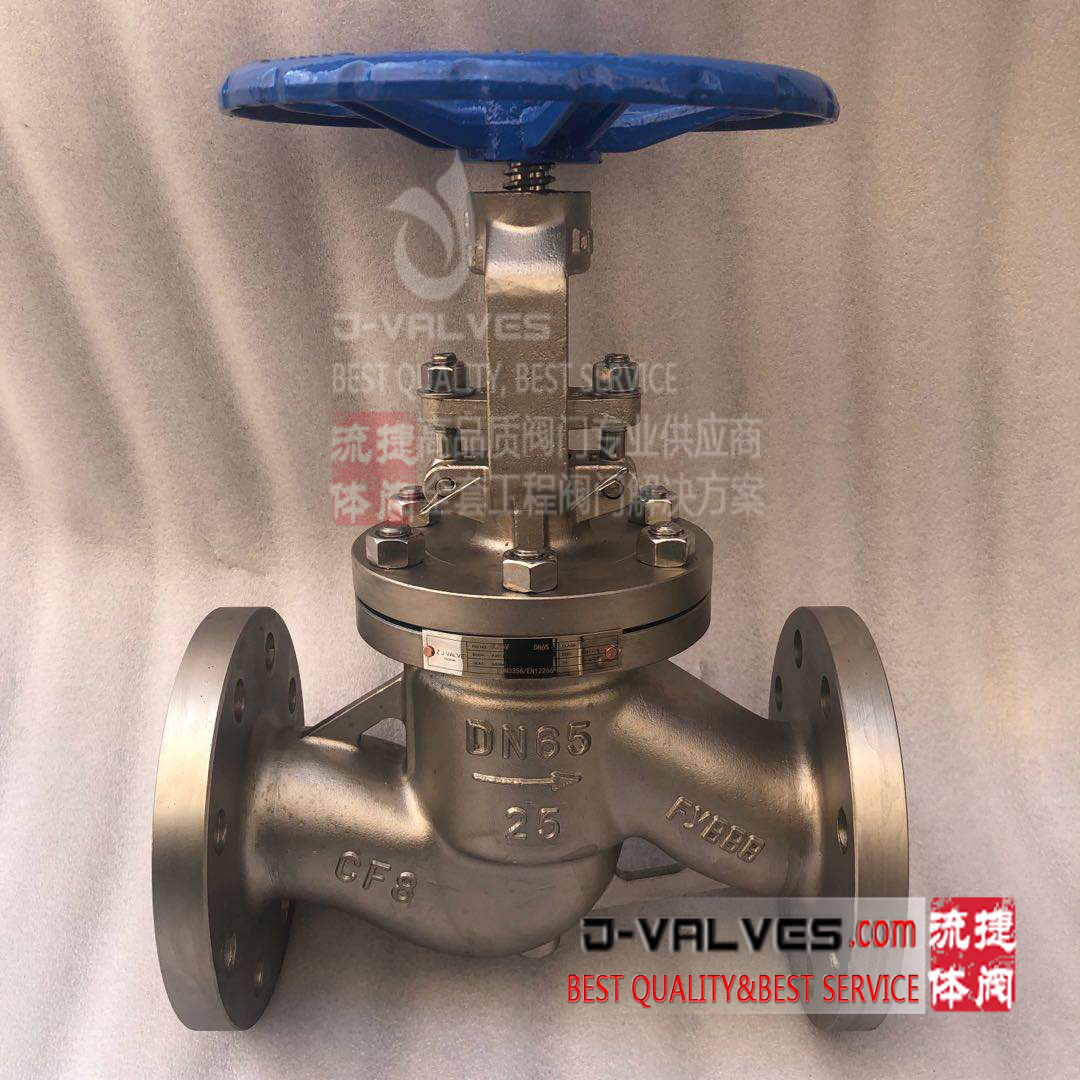Views: 0 Author: Site Editor Publish Time: 2024-05-01 Origin: Site









Globe valves play an integral role in controlling fluid flow in various industrial and residential settings. Their unique design allows for precise flow regulation, making them an indispensable component in numerous applications. This article explores the three primary types of globe valves, shedding light on their distinctive features, advantages, and typical uses.
The T-pattern globe valve, also known as the straight-through globe valve, is characterized by its straightforward design where the seat and the stem are aligned in a straight line. This configuration facilitates a direct path for the fluid, reducing resistance and making it a popular choice for applications where flow rate is a priority. Despite its simplicity, the T-pattern globe valve offers excellent shut-off capabilities, making it a versatile option for various applications.
Advantages of the T-pattern globe valve include its ease of maintenance and repair. Since the internal components are directly accessible, replacing or servicing parts is relatively straightforward. This type of globe valve is commonly used in water distribution systems, HVAC units, and other applications where efficient flow control is required.
Distinguished by its angular body design, the angle globe valve directs flow through a 90-degree turn. This unique feature not only simplifies the piping layout by eliminating the need for additional elbows but also minimizes pressure drops across the valve. The angle globe valve is particularly useful in applications where space constraints are a concern, offering an effective solution without compromising on performance.
One of the key advantages of the angle globe valve is its ability to handle slurry and viscous fluids effectively. The angular path facilitates the movement of such fluids, reducing the risk of clogs and ensuring a smooth operation. Common applications include chemical processing plants, pulp and paper industries, and other sectors where fluid viscosity is a factor.
The Y-pattern globe valve features a design where the stem and seat are angled at approximately 45 degrees to the valve body. This orientation reduces the flow resistance and pressure drop across the valve, making it an ideal choice for high-pressure applications. The Y-pattern design also enhances the durability of the valve, as it minimizes wear and tear on the valve seat and disc.
Advantages of the Y-pattern globe valve include its high capacity and efficiency in controlling flow under high-pressure conditions. Its robust design makes it suitable for power generation plants, petrochemical industries, and other environments where pressure and temperature demands are significant.
In conclusion, globe valves are essential components in fluid control systems, offering precision, durability, and versatility. Whether it's the straightforward T-pattern, the space-saving angle globe valve, or the high-efficiency Y-pattern globe valve, each type serves distinct purposes across various industries. Understanding their differences and applications is key to selecting the right globe valve for your specific needs.